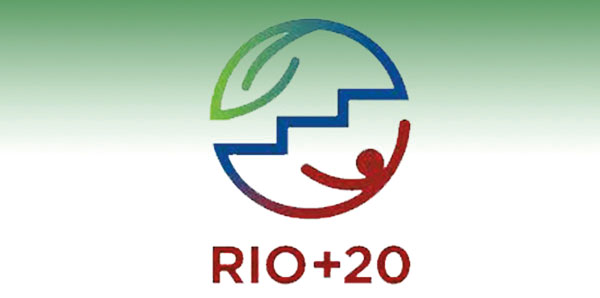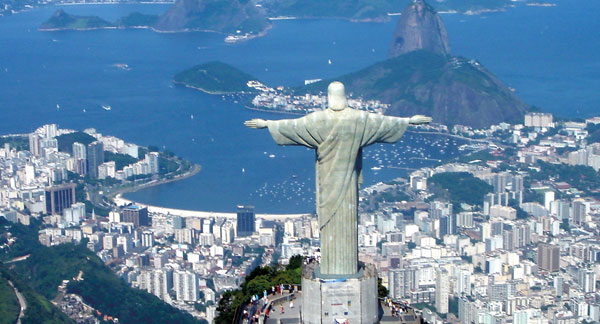28 May 2012 - {{hitsCtrl.values.hits}}
.jpg) by DULIP JAYAWARDENA
by DULIP JAYAWARDENA.jpg) The world today has 7 billion people and by 2050 there will be 9 billion. One out of every five people – 1.4billion lives on US $ 1.25 (Rs 150) a day or less. A billion and a half people in the world have no access to electricity and two and a half billion do not have a toilet. Further a billion people go hungry every day. Greenhouse gas emissions continue to rise and more than a third of all known species could go extinct if climate change continues unchanged.
The world today has 7 billion people and by 2050 there will be 9 billion. One out of every five people – 1.4billion lives on US $ 1.25 (Rs 150) a day or less. A billion and a half people in the world have no access to electricity and two and a half billion do not have a toilet. Further a billion people go hungry every day. Greenhouse gas emissions continue to rise and more than a third of all known species could go extinct if climate change continues unchanged.
.jpg) CSD is responsible for reviewing progress in the implementation of Agenda 21 and the Rio Declaration on Environment and Development; as well as providing policy guidance at local, national, regional and international levels to follow up the Johannesburg Plan of Implementation (JPOI) which was the outcome of the World Summit on Sustainable Development held in Johannesburg from 26 August to 4 September 2002 focusing on the review of UNCSD specially the implementation of Agenda 21 after 10 years.
CSD is responsible for reviewing progress in the implementation of Agenda 21 and the Rio Declaration on Environment and Development; as well as providing policy guidance at local, national, regional and international levels to follow up the Johannesburg Plan of Implementation (JPOI) which was the outcome of the World Summit on Sustainable Development held in Johannesburg from 26 August to 4 September 2002 focusing on the review of UNCSD specially the implementation of Agenda 21 after 10 years.
26 Nov 2024 38 minute ago
26 Nov 2024 2 hours ago
26 Nov 2024 3 hours ago
26 Nov 2024 4 hours ago
26 Nov 2024 4 hours ago